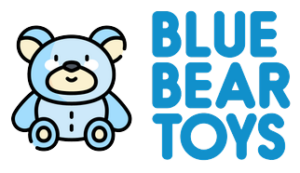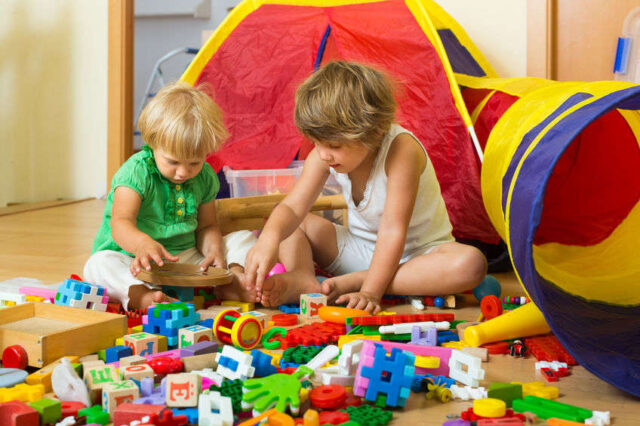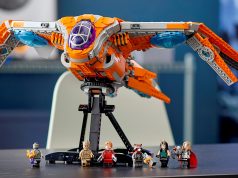The toy industry is undergoing a metamorphosis as new technologies are being introduced to the market. From 3D printing to augmented reality, toys are becoming more interactive and personalized than ever before.
The disadvantages of too many toys is a common problem that parents face. There is however, a solution to this issue.
Most of us can agree that today’s youngsters have an excessive amount of toys. Some of us have whole playrooms dedicated to our children’s toys, while the rest of us are always on the lookout for ever more complex storage solutions in order to bring some order to the chaos.
The fact that so many of the toys our children possess are basically copies is probably the most upsetting problem this toy glut poses to contemporary families. Toy chests overflowing with variations of the same doll, boxes full of the same vehicles. They get these toys and play with them for exactly five minutes before tossing them into the heap with the rest.
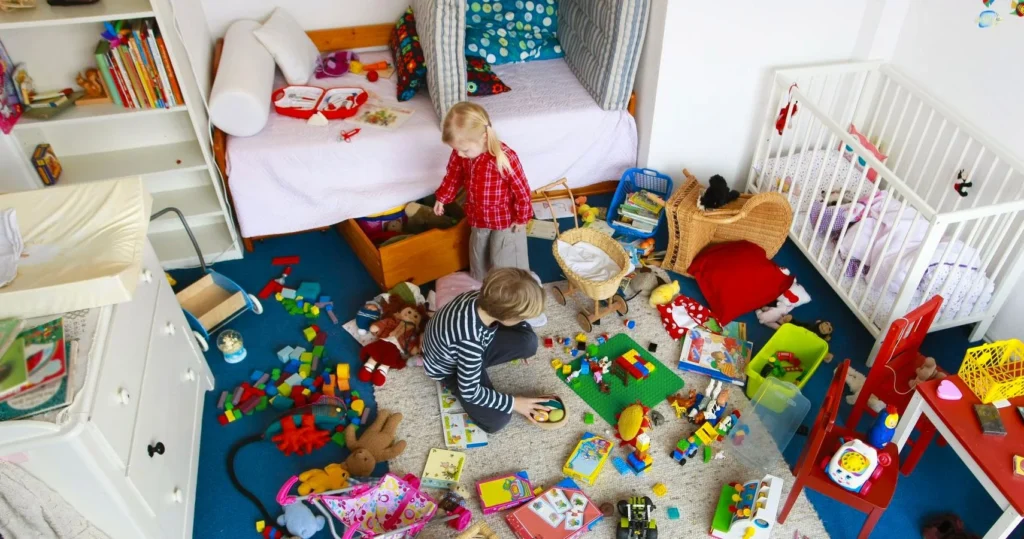
We all know a kid who is obsessed with dinosaurs. But how many dinosaurs are they really going to need? Buying an additional T. Rex adds virtually nothing to the play options after you have a T. Rex and some herbivores for him to pursue. Make a volcano instead, or bury twigs in the ground and imagine they’re dinosaur bones. A basic game of chasing and growling evolves into something far more complex, with many language development possibilities.
However, this proliferation is more than a storage issue. Studies are progressively proving what we already know: having too many toys may be overwhelming, and playing with them might be counterproductive.
Researchers from Oxford University examined 3,000 youngsters aged three to five years old in a new study. Kathy Sylva, a professor, came to the conclusion that
“There seems to be a distraction factor when there are a great number of toys, and when children are distracted, they do not learn or play effectively.”
The Ostheimer approach is to keep things simple.
In other words, by providing so many choices, we are placing youngsters in a wood-for-the-trees scenario, preventing them from focusing on one thing in particular. Instead, they fly from one to the next, grabbing them from their crates and tossing them away as the next one appears. What parent hasn’t lamented the fact that their children never seem to play with any of their many toys at some point? Is it possible that this is the reason?

Children with less toys whose parents spent more time with them reading, singing, or just interacting with them outperformed those with more toys in many areas of emotional and social development, according to the same research. So it seems that just being interested is more important than having a toy.
Despite this, we continue to toss new toys over the playroom’s wall, thinking that the next present will be The One, and our struggle to keep them occupied will finally be finished.
As strange and unpleasant as this scenario is, it is understandable. We are all busy and more distracted than ever as a family. Both parents are working longer hours in many households. When we come home after a long day, we are weary and worried, and we don’t necessarily want to sing Old McDonald 20 times.
We still have to deal with social media and 24-hour news, as well as the continuous ping of messages as they come on our tablets or smart phones when we have free time. We are distracted even while we are with our children, and we are not constantly with them.
We have less time together, particularly when we are out in nature, away from gadgets and distractions.
So we offer them toys – and, increasingly, electronics and television – in the hopes of delaying their pleas for attention for a little while longer. But we have the impression that we are robbing them of their youth.
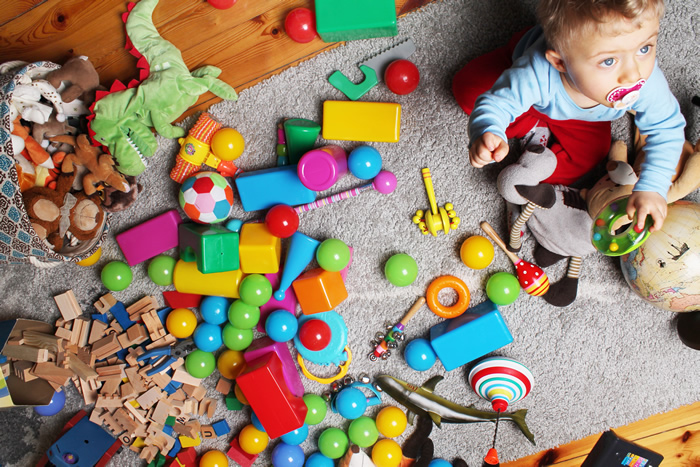
The guilt pendulum then swings the opposite way. The helicopter parent comes to mind, whose deserving omnipresence suffocates their child’s independence and freedom. Isn’t there a case to be made that spending less time playing with one’s children promotes more inquisitiveness and inquiring thinking? Shouldn’t we be educating youngsters to entertain themselves rather than relying on the attention of an adult to have fun?
Cars that are simple and unmarked have limitless possibilities. Children are very creative, and it’s not a big jump for a three-year-old to see an ice-cream truck as a police vehicle. However, if all you have are emergency vehicles, the options available to you are certain to be limited. Every time these Grimm’s cars emerge from the toy box, they might be something new.
One Hundred Toys, we hope, provides a solution somewhere in this jumbled combination of ideas and emotions.
While we recognize that nothing surpasses the attention of a focused adult, we also think that the quality and quantity of the toys we use to substitute that attention have far-reaching consequences. We can at least feel good about the time they spend with their toys if we give them a smaller, more thoughtful selection of toys that are not only appropriate for their age and the way they like to play, but also provide space for imagination and opportunities for investigation and experimentation (not just entertainment).
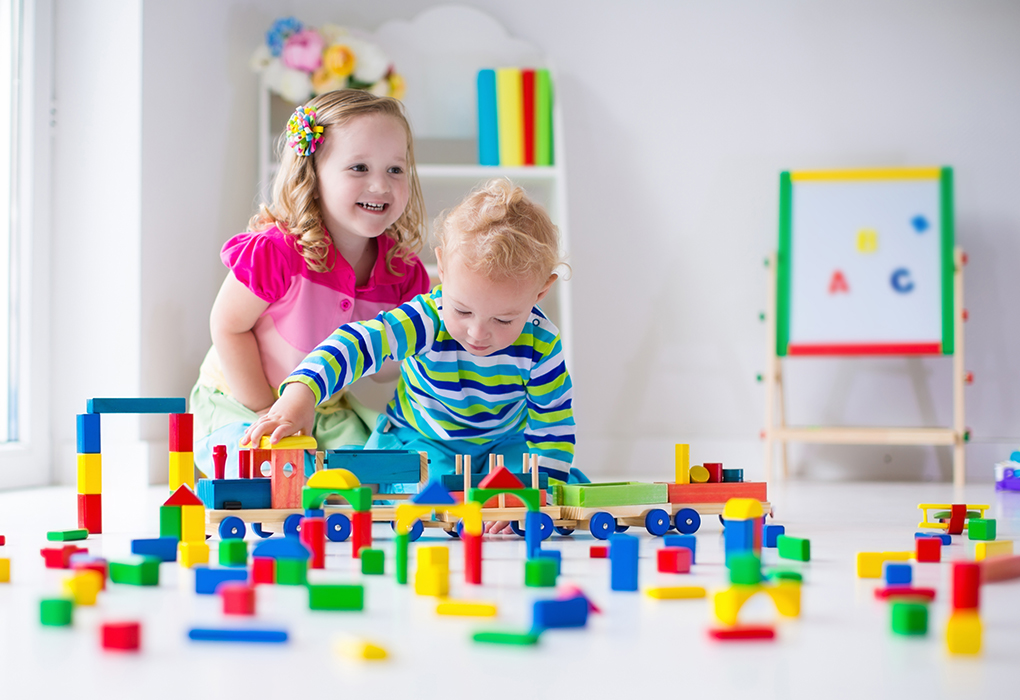
Instead than purchasing new toys, consider repurposing existing ones. Take them outdoors, put faces on them with chalk, and create costumes out of paper or felt. What you’re attempting to do is prolong play and expand thinking. Above all, more imaginative play is more enjoyable.
However, how can parents to know which toys are the best? That’s where we come in, and why the Essential 100 was born. It’s a list of the 100 toys, games, and activities that we think every kid should try before turning five years old. We’ve poured our years of expertise as teachers and parents into this comprehensive guide to the toys and activities that will really assist and encourage children’s learning and development when an engaged adult isn’t always around.
There are a hundred different ways to play.
Our journey from birth to age five. The top 100 toys, games, and enjoyable activities that every kid should try.
In comparison to the whizz-bang of many modern toys, some of the items we recommend may seem a little sluggish. On our list, we have a lot of wooden toys and none of them need batteries. One-trick ponies make up a large portion of the toys sold on the high street. There is only one method to engage with them. When you push the button, a sound is produced. There’s nothing to keep you going back after the first thrill has gone off. Our toys are unique. Many don’t seem to have much of a purpose at first glance: building blocks, play silks, and make-your-own dough, for example. This is because they encourage the kid to utilize their imagination and creativity. While it’s tempting to go for the whizz-bang for a fast fix, we want you to stay with us and discover what happens when you forego the bright lights in favor of fewer, higher-quality toys.
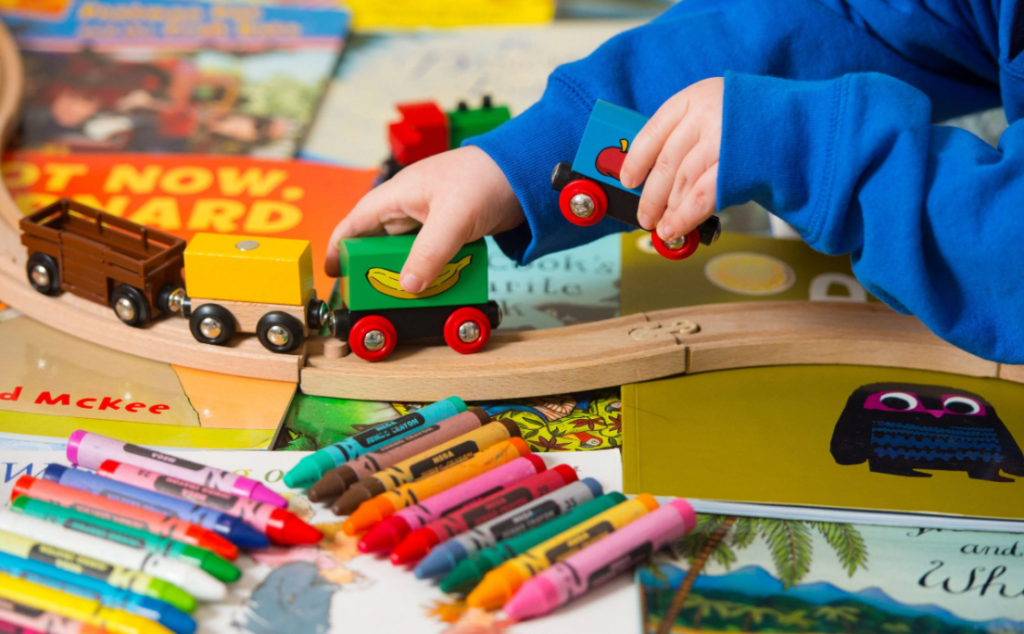
Fabric, blocks, and figures Play is only limited by your creativity with these basic items.
There’s a lot more information and advice on our site, but here are a few pointers to keep in mind for your initial journey into buying fewer, higher-quality toys. Best wishes! :
- Choose open-ended toys that enable the kid to give them meaning and purpose, rather than the other way around. Wooden blocks, play silks, and play figures/animals are all excellent beginnings.
- Instead of a huge quantity of toys, provide a diverse selection.
- Consider entertaining toys, such as the free ones on the front of a magazine, or movie figures as Christmas decorations. The roots and branches of the Essential 100
- Toys should focus on engagement rather than amusement. Choose from a list of 100 activities to purchase or do with your kid that he or she hasn’t done before. It’s fresh experiences that keep kids engaged, stimulate them, and motivate them to study.
- You should be a little more sparing with the toys you pull out. Mess is just as terrible for focus as having too many options. Children in the finest nurseries are required to put a toy away before selecting another.
- Consider alternating the toys you put out on Mondays, Tuesdays, and Wednesdays: building, dollhouse, and sensory play. This guarantees that you cover all bases while keeping the game interesting and engaging.
The how many toys does the average american child have is a question that has been asked for years. The answer to this question is hard to find, but it can be found in the having fewer, better toys article.
Frequently Asked Questions
Are fewer toys better?
It depends on the toy.
Are kids happier with fewer toys?
No.
